incl. VAT plus shipping costs
Immediate delivery, express possible ![]()
More than 20 Articles in stock
Delivery only innh. Germany and Austria possible.
Switch to the German store
- Item no: 7135
Fast delivery times
All products are in stock with us!14 years of breeding experience
Let our team of experts advise you!High customer satisfaction
from over 3,000 reviews "| Water values: | soft to hard |
| Visual effect: | Swarm behavior |
| with crabs?: | No |
| Temperature: | 18-22 °C |
| Pelvic region: | Everywhere |
| Behavior: | Active |
| with fish?: | Yes, with peaceful fish |
| Aquarium size: | 54 l (approx. 60cm) |
| with dwarf crabs?: | conditional* (see description) |
| Breeding: | medium |
| Fish group: | Beardies |
| Origin: | Asia |
| with shrimps?: | with dwarf shrimp, offspring may be eaten |
| Diet: | omnivorous - omnivorous |
| Planting possible?: | Yes |
| with snails/shells?: | Yes |
| Final size: | 4-8 cm |
| Difficulty: | 1 - Simple |
| Feature: | dynamic group behavior |
| with large crabs?: | No |
| Age Expectancy: | 3-5 years |
Already since the 30s the cardinal fish, Tanichthys albonubes, enriches the aquaristics and has lost nothing of its charm since then. With its 3.5-5 cm, the quite small and also uncomplicated fish can be kept without problems at room temperature and even in the pond by aquaristic beginners. Albonubes refers to the Latin albus for white and nubes for cloud and thus declares the former habitat of the White Cloud Mountain.
Originally, this fish, distantly associated with the bearfishes, originated in southern Chinese clear and rather slow-flowing to stagnant mountain streams with weedy banks and even appeared to be extinct in the 1980s. However, in the fall of 2003, a very small population was discovered in northern Guangzhou, as well as on Hainan Island and a river flowing into Halong Bay in Vietnam. Wild groups in Hong Kong and Shenzhen are now believed to be extinct, as the cardinalfish reproduces rather poorly in the wild, and artificial water detour and rainforest clearing pose a massive threat to its conservation.
The cardinalfish is the nominate form, of which there are breeding forms such as the cardinal veiltail. In basic coloration, the body is dark to light green in color, with the underside of the belly appearing much lighter. From the gill covers to the caudal fin there is a fine black longitudinal band, over which a first pale pink band runs. Just in front of the caudal fin root, as in the breeding form, there is a black distinct spot. The dorsal fin, which is set quite far back, starts at the same level as the quite small anal fin, both of which have a transparent yellowish shimmer close to the body and can be white or black fringed. The pelvic fin may show the same coloration. The pectoral fins are transparent to yellowish, the caudal fin is also translucent and only shows a red spot behind the root. In the species aquarium cardinals form more vivid colors and also larger body shapes than those kept in the community aquarium with possible sturgeon fish. This can even be observed in pond keeping, when the animals are brought into the aquarium in autumn for hibernation. Males are territorial and form spawning territories, which they actively defend without harming others.
The males differ visually from the females by distinctly more pronounced colors as well as a slimmer physique. Females, on the other hand, remain correspondingly paler and somewhat plumper with a much fuller girth. Females ready to spawn can become roly-poly and extremely plump, similar to guppies. Although Cardinalfish already do fine in cooler temperatures around 20 °C and rather have problems with warm climes, they can be stimulated to breed with both a short-term temperature increase and intensive live feeding.
The males court the females with erect fins, circle them and mutate into real "posers". Cardinals are free spawners, and spawn throughout the aquarium. However, since they occasionally become spawn predators, spawning in the rearing aqu arium is worthwhile if you value a high number of young. The spawning aquarium does not require any special precautions. A capacity of about 20 liters is sufficient, mosses and fine plants serve as spawning substrate. Juveniles should be "in the food" so to speak and eat permanently. They hatch after approx. 48 hours and are fed with infusoria and Artemia nauplii. Live food prevents too rapid contamination of the water, as can happen with granules or dust food, for example. A very good water hygiene is very important, sometimes the water can be changed several times a day up to 60% with water from the community aquarium. The young are very tiny and should not be returned to their parents until they are large enough that they are not in danger of being eaten.
Cardinalfish are schooling fish, which are generally kept in groups of at least 8, but better 12 or more animals in a school, so that they can live out their appropriate intra-species behavior. The substrate can be light-colored coarse-grained gravel, bog pine roots and stones form privacy screens and territories, dense planting in places offers shy and stressed animals the opportunity to relax and retreat. Water values with pH values between 6-7,5, a water hardness of 4-30° dGH, as well as rather lower temperatures of 17-22°C are well tolerated. Permanent temperatures above 23°C can cause diseases.
The socialization with bearblings and peaceful fishes as well as crayfishes is possible, dwarf shrimps could live dangerously under certain circumstances.
Cardinals are omnivores - live and frozen foods are preferred, however their menu should also be varied with dry and flake foods as well as algae and other plant foods.
Our food recommendation: NatureHolic professional main feed is a professional main feed for all aquarium fish. We supply Hauptfeed in the form of a soft granulate, which thanks to its grain size of half a millimeter can be easily absorbed by small to medium-sized fish. The soft consistency resembles the texture of insect larvae in nature and protects the fish mouth from micro-injuries.
Our plant recommendation: Use for planting NatureHolic InVitros. These are free of snails, planarians and other unwanted co-inhabitants. Also free of algae spores, bacteria and fungi.
Expert Tip: We recommend for fish keeping the NatureHolic 3 Phase Liquid. The care set offers the best all-round protection for your animals. It ensures optimal conditions for successful breeding and keeping.
| Scientific name: | Tanichthys albonubes |
| German name: | Cardinalfish, cardinals |
| Difficulty level: | for beginners |
| Origin/Distribution: | South Asia |
| Coloration: | dark- light green base coloration, fins yellowish with partially black and white fringes, distinct spot on caudal root, caudal fin base colored red |
| Age expectancy | 6-8 years |
| Water parameters: | GH 2-20, KH 2-15, pH 6-7.5, temperature 18-22°C |
| Tank size: | from 60 l |
| Food | Omnivorous, live and frozen food, granules, dry food, algae |
| Breeding | easy |
| Behavior | peaceful/territorial |
| Group size | at least 8 animals |
| Further information | Ten typical aquarium fish for beginners and alternatives to them, Tips for acclimating fish to the aquarium, Feeding aquarium fish properly - cheap food and what it can do |
- Item no: 7135
- EAN No.: 7427061494914
Alle Fische fit, schöne...
Alle Fische fit, schöner Schwarmfisch
Entdecke die Garnelio Welt!
Garnelio gehört zu den größten Onlineshops für wirbellose Aquarientiere weltweit.
Viele Artikel gibt es exklusiv nur bei uns im Shop.

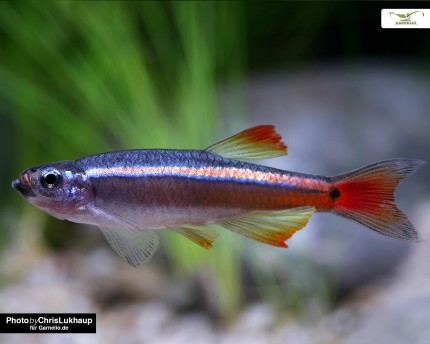

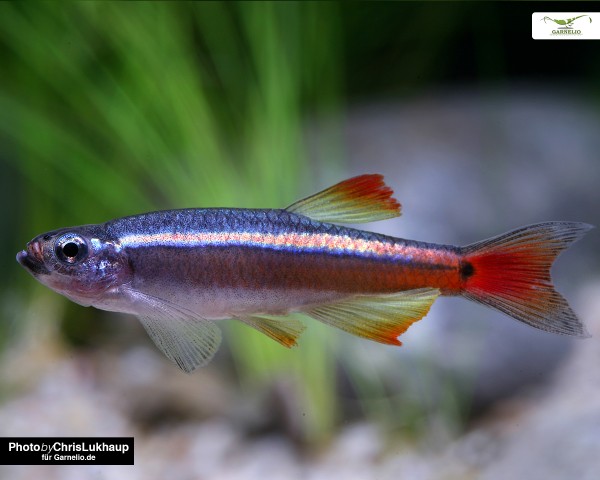


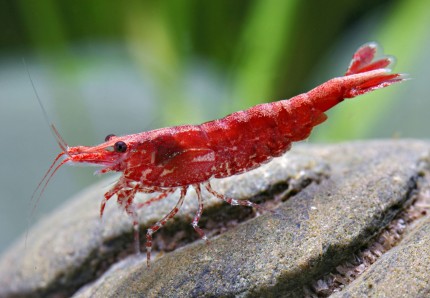
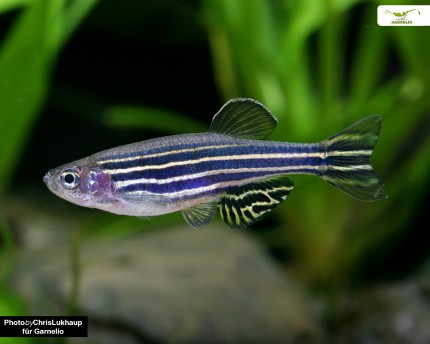

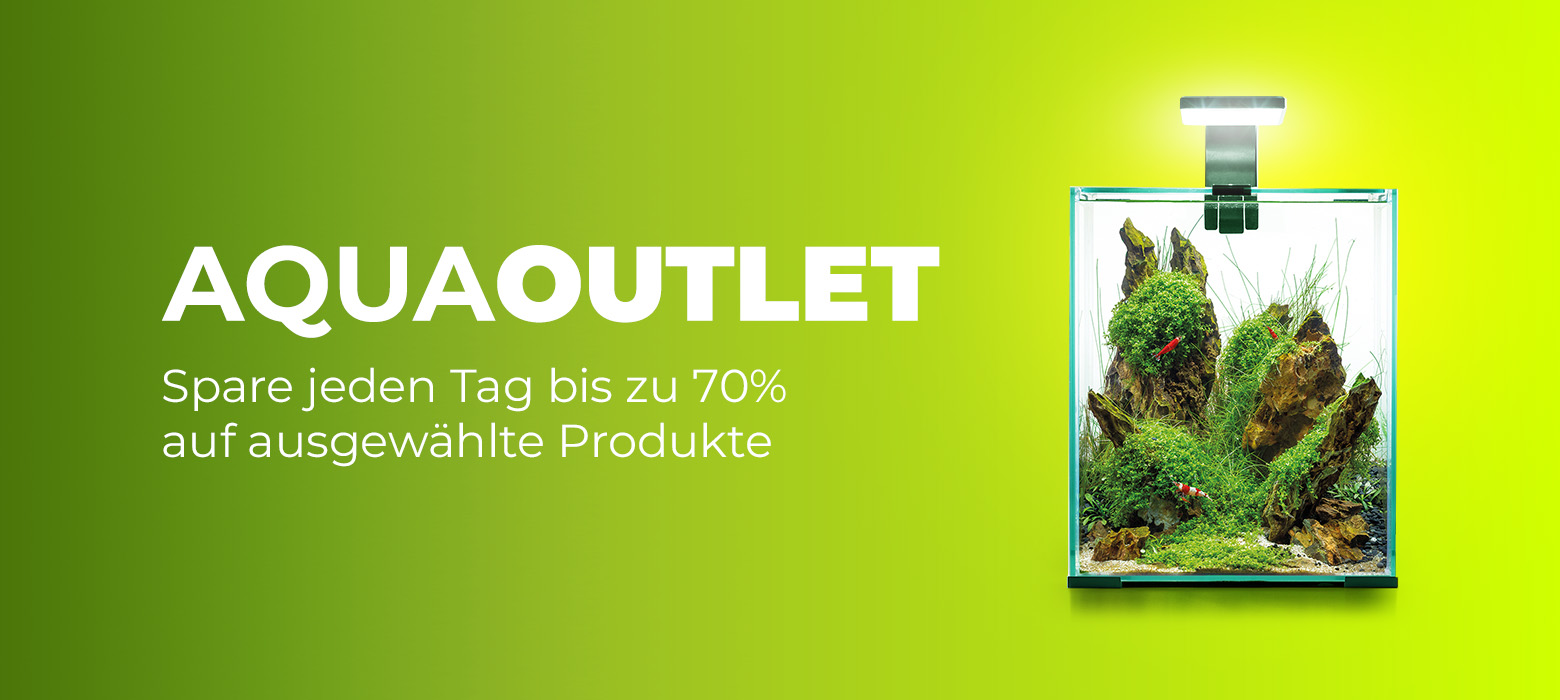



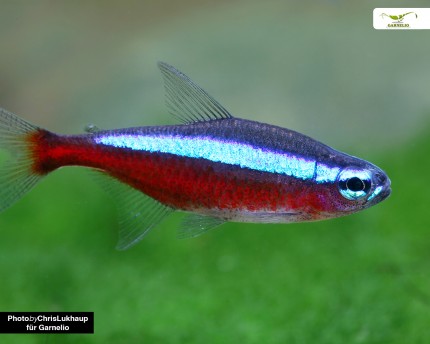
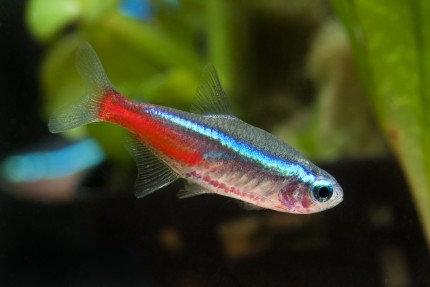
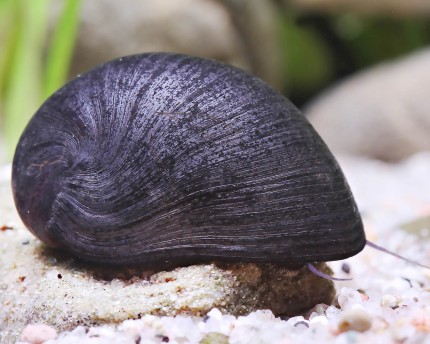
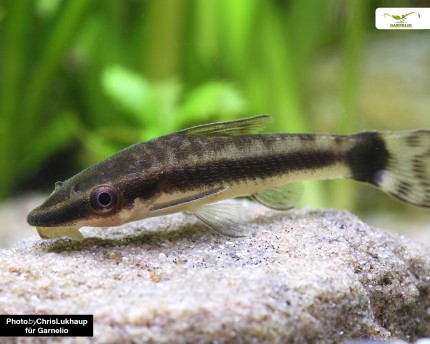
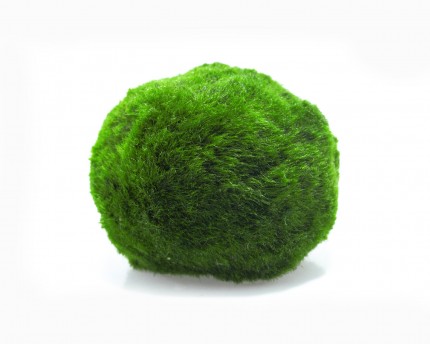
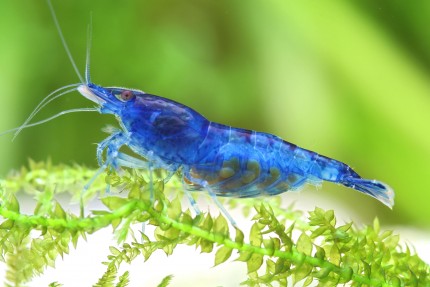
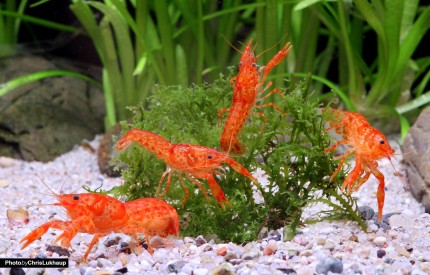
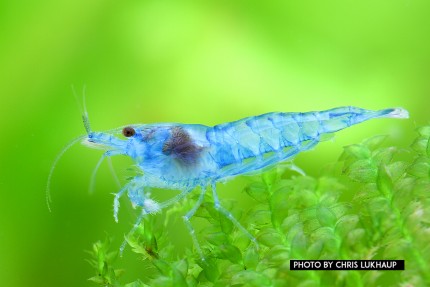
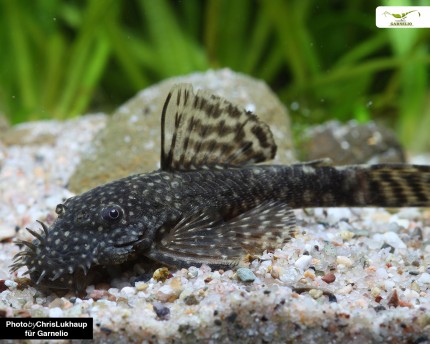
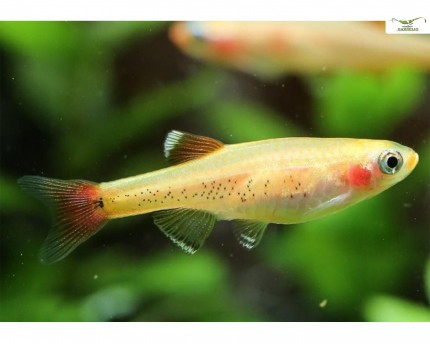
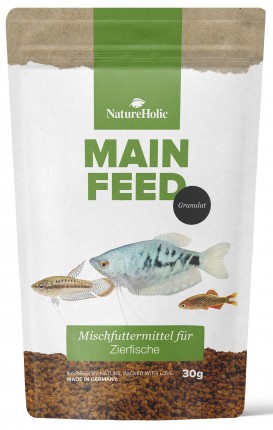
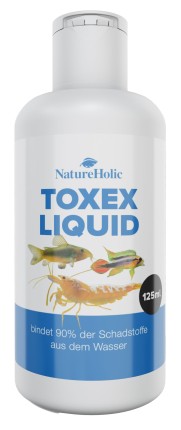
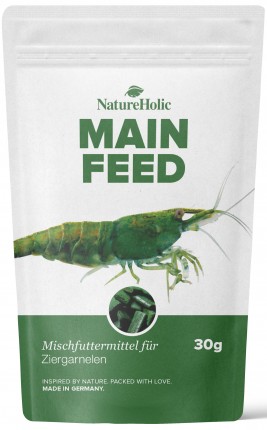
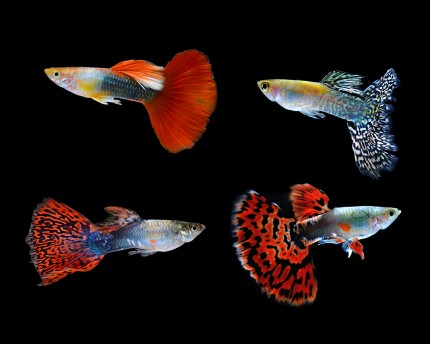
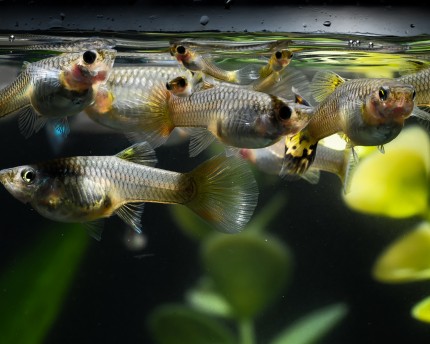
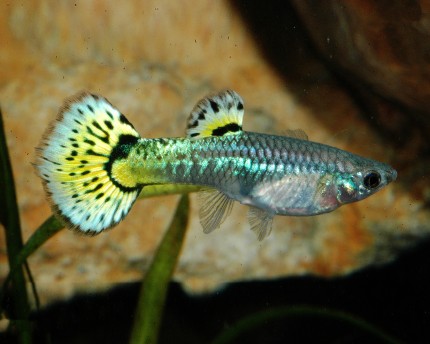
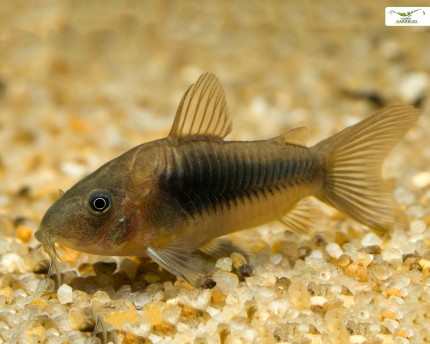
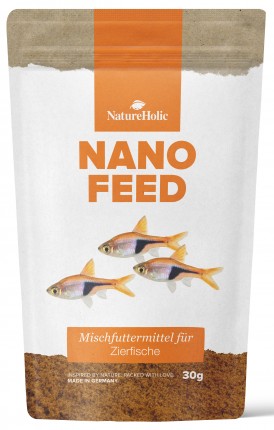
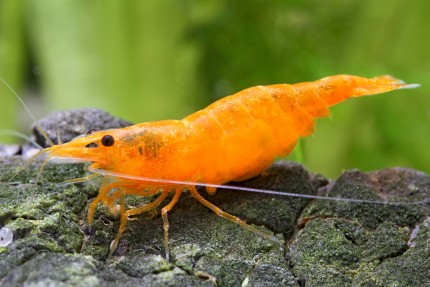
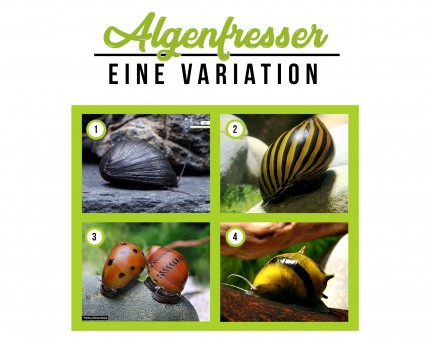

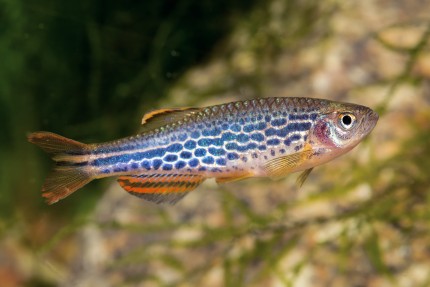
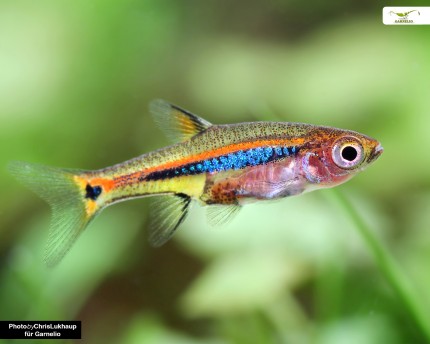
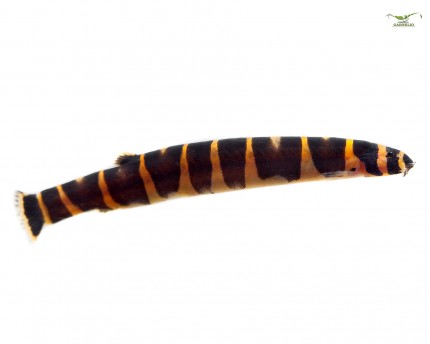
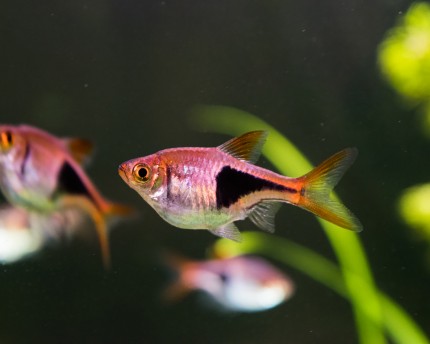
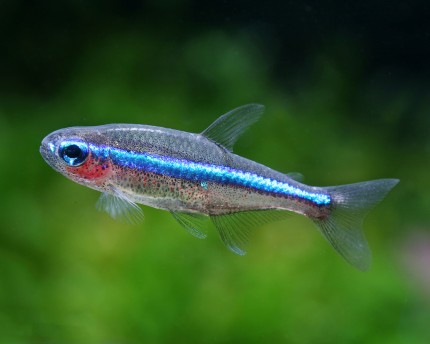
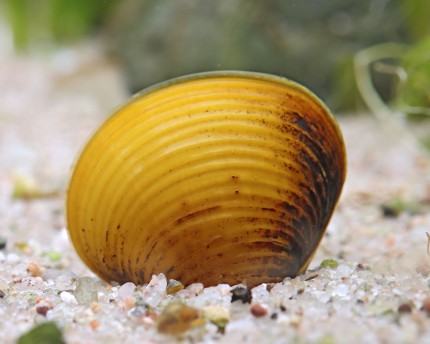
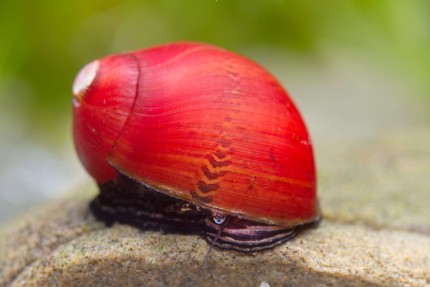
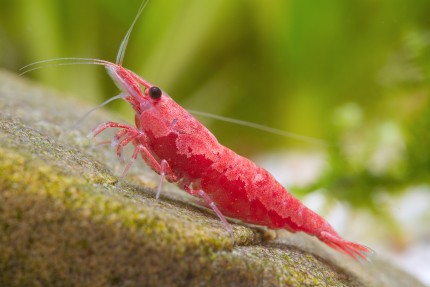
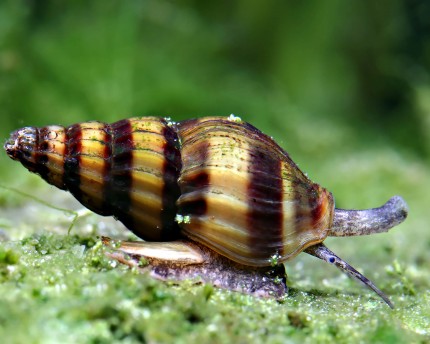
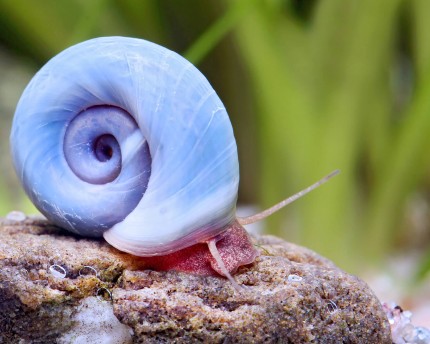
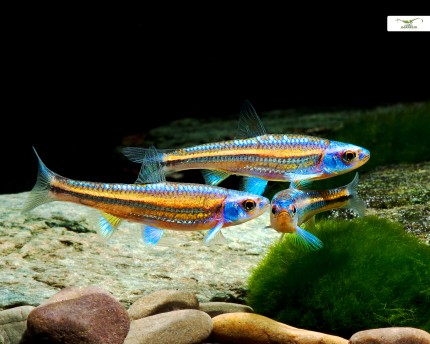
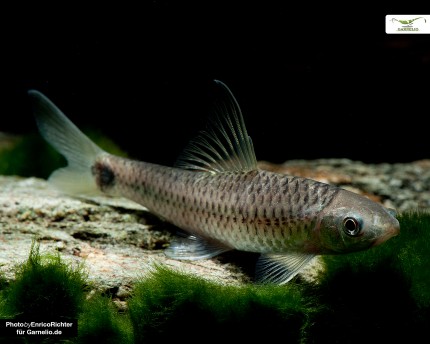
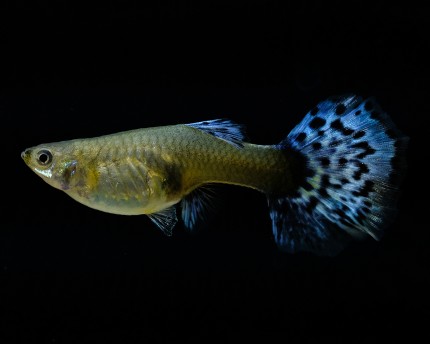
The fields marked with * are required.
I have taken note of the privacy policy.
Alle Fische fit, schöne...
Alle Fische fit, schöner Schwarmfisch